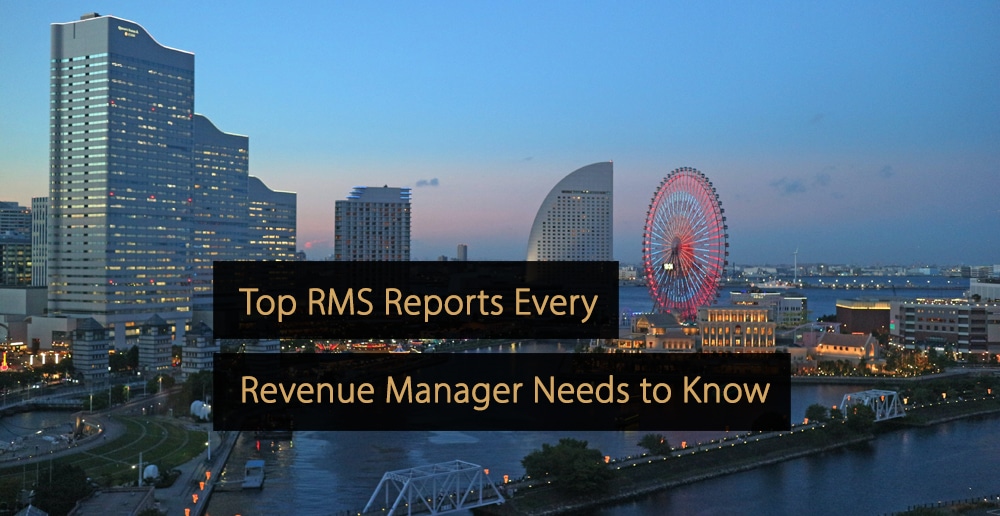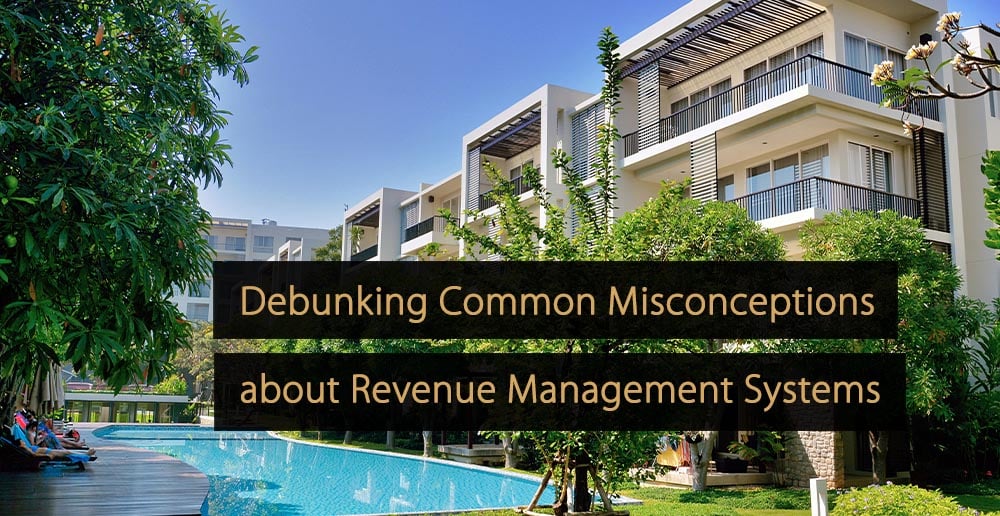Revenue managers have no shortage of data at their fingertips. To visualize that data in an understandable and actionable way, here are some top RMS reports that every revenue manager should be familiar with.
RMS Reports Every Hotel Revenue Manager Needs to Know
Below you’ll find top revenue management reports that every revenue manager should be familiar with to visualize data understandably.
Pace Report
The pace report reveals how well your pricing strategies are working: if bookings are more or less than your forecast, it signals that pricing is potentially either too low or too high. While revenue managers commonly use this report, it requires extra focus due to constantly changing trends. Beyond rooms, there are a few other ways to segment a pace report: by room type, weekpart, and recurring events.
- Room type: Market dynamics can change quickly. Monitoring the room type pace report ensures that revenue can respond to shifting trends: a move down-market on room type mix could portend missed revenue targets and thus require pricing adjustments.
- Weekpart: Certain properties over-index on weekends, while others make most of their business on weekdays. The weekpart pace report helps keep things in balance and identifies any slippage for prompt pricing action.
- Recurring events: Holidays, seasons, and even Mondays at resorts can be bellwethers for pace. By keeping a close eye on pace-based recurring events, you’ll be able to adjust tactics accordingly.
- Trend Analysis: Many changes to your guests’ booking behavior exist in the current climate. Comparing pace for 10-20 weeks in a row gives you an understanding of pace trends for your hotel.
Key metric: % difference in pace based on previous period Average Daily/Weekly pickup by segment and trend by segment/channel
Comp Set Report
While revenue managers should prioritize proactive pricing strategies, it’s still essential to benchmark performance against direct competitors. These may not necessarily be nearby hotels; instead, it’s a basket of similar hotels within your target market’s consideration set.
This report (often known as an STR report, which comes from a third-party analytics organization) compares a property to its comp set based on factors influencing guest decisions: Occupancy Rate, Average Daily Rate, and RevPAR, as well as an overall market share called the Market Penetration Index. The MPI keeps your property on track to meet or exceed performance expectations based on its overall market share locally.
Key metric: Market Penetration index, which measures market share based on average RevPAR
Daily Activity Report
This report highlights the total current activity on the books for future stay dates. It’s a quick reference tool to review recommendations and guide revenue decisions for a stay date’s current status.
The report is broken down by property, stay date, customer segment, rate segment, and room type, as well as stats for specific metrics, like the length of stay, rooms sold to groups/transient, revenue, total room, and non-room value, ADR, RevPAR, and revenue from groups/transient.
Key metric: Depends on the objective; this is a “quick look” reference for various decisions.
Channel Analysis Report
Distribution directly influences how well your property achieves its revenue and profitability targets. Pull a channel analysis report to monitor your key revenue trends from different channels. Keep an eye on your channel mix, as any drift towards less profitable channels may require rate and/or inventory allocation adjustments.
Key metric: Pace by channel to see if inventory allocations and rate tactics align.
Market Segmentation Report
Budgeting and forecasting are virtually always done based on market Segmentation. It is essential to continue to monitor trends in segmentation. Look for changes to the segmentation mix or shift from one segment to another, ensuring that this shift improves profitability and aligns with your strategic approach. Strategic pricing or promotions can help steer your segment mix to the optimal composition.
Key metric: RevPOR (Revenue per Occupied Room) by segment
Geographic Distribution Report
Since the global Covid pandemic in 2020, many hotels have shifted their geographic feeder markets. Most hoteliers are asking themselves if the current geographic mix will stay, if we will move back to the old patterns or if there will be a third new geographic distribution of feeder markets. A revenue manager should be right on top to provide sales and marketing with the information they need to engage with the relevant feeder markets.
Key metric: RevPOR (Revenue per Occupied Room) by country/region/state and % increase/decrease in room night/revenue contribution per country
Free Guide: Mastering Revenue Management with a Reduced Workforce
For better or worse, the credo of “doing more with less” has become an essential competency of today’s revenue managers. Maximizing distribution efficiency by optimizing booking profitability while experimenting with new channels and price techniques that might further optimize revenues is critical.
Click here to download the guide “Mastering Revenue Management with a Reduced Workforce”.
Reports can be scheduled from your revenue management system. Set these up so you’ll always have the latest reports at your fingertips. It’s simple automation that keeps you close to the most recent data.
More Tips to Grow Your Business
Revfine.com is the leading knowledge platform for the hospitality and travel industry. Professionals use our insights, strategies, and actionable tips to get inspired, optimize revenue, innovate processes, and improve customer experience.Explore expert advice on management, marketing, revenue management, operations, software, and technology in our dedicated Hotel, Hospitality, and Travel & Tourism categories.








Leave A Comment